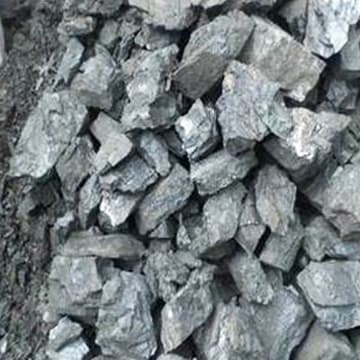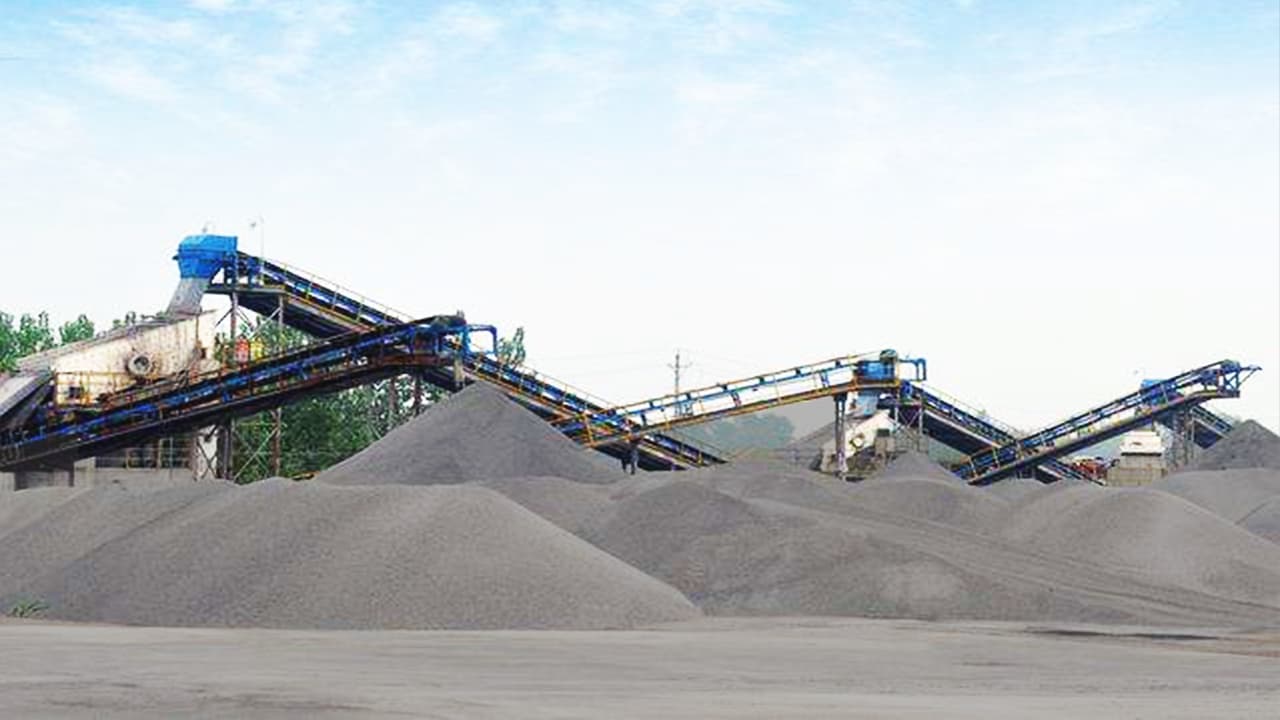Manganese ore is an important natural resource, an important resource for many industrial applications. Including steel and non-ferrous metal production, specialized manganese ore beneficiation processes are required to extract the purest ore. Generally speaking, manganese ore is divided into carbonate ore and oxide manganese ore. Among them, manganese carbonate is one of the main raw materials for manganese recovery. With the continuous mining and utilization of easy-to-select manganese ores, the proportion of difficult-to-select manganese ores continues to increase. With the continuous mining and utilization of easy-to-select manganese ores, the proportion of difficult-to-select manganese ores continues to increase. The contradiction between supply and demand has become increasingly prominent, and the efficient recovery of manganese carbonate ore has attracted people's attention. We need to explore more efficient beneficiation techniques to maximize the extraction of metals from ores.
This article discusses the beneficiation process of manganese carbonate ore, which separates manganese ore from other mineral components. This is one of the most promising methods to optimize manganese recovery from ore.
Information about manganese carbonate ore
Manganese carbonate is the raw material for the production of electrolytic manganese metal. Manganese carbonate ore is a mixed primary manganese ore with high manganese, high sulfur, high silver, high lead and high zinc, which has a high comprehensive recovery value. Manganese carbonate (MnCO3) is an inorganic compound in the form of rhodochrosite in nature.
Application
Composed of manganese, carbon and oxygen, it has unique properties compared to other ores. Manganese carbonate has several commercial uses due to its unique properties. After beneficiation, manganese ore can be used in a variety of products.

For example, it makes steel alloys, batteries, pigments and fertilizers. In addition, it is used as an additive to certain types of glass and ceramics. This type of ore also offers several advantages over traditional ore sources, such as higher purity and less pre-use processing requirements.
Due to the high manganese content, this type of ore helps create strong alloys with excellent corrosion resistance.
Manganese carbonate Beneficiation process
1. Manganese carbonate ore washing process
Because manganese carbonate ore is brittle, easy to muddy and coexists with clay minerals, it must be washed before sorting. Ore washing removes slime on the surface of ore by means of hydraulic or mechanical cleaning. This process removes impurities and other substances that may be present in the ore so that pure manganese can be recovered. No chemicals are added to the cleaning water, and the desliming rate can reach more than 97%.
The ore washing is generally set after the coarse crushing of the ore, which can avoid the problems of material agglomeration in the crushing bin and material blockage in the fine crusher. General ore washing equipment includes vibrating screens, trommel scrubbers and trommel screens.
2. Manganese Carbonate Ore Gravity Separation Process
Manganese carbonate ores often contain about 10-14% manganese, while gangue can consist of silicate and carbonate minerals. Gravity separation uses the difference in density between manganese minerals and gangue to achieve separation. It is mainly for sorting low-grade manganese ore.
Among them, for calcium rhodochrosite, manganese calcite and other carbonate minerals, dense medium hydrocyclones can be used for classification. After the graded products are washed, they enter the jig machine for gravity separation.
Compared with other methods such as flotation or magnetic separation processes that require more energy input, it has the characteristics of low cost, wide particle size level of processed minerals and low pollution. Most manganese carbonate ores are fine-grained and disseminated, and the specific gravity difference between manganese minerals and waste rocks is very limited. It isn't easy to separate by a single gravity separation method, and it needs to be combined with other processes, such as magnetic separation and flotation. Gravity separation equipment includes shaking tables, jigs, spiral chutes, cyclones and centrifuges.
3. Manganese Carbonate Magnetic Separation Process
The specific magnetic susceptibility of manganese carbonate belongs to weak magnetic minerals, and its specific magnetic susceptibility is quite different from that of gangue minerals. Therefore, strong magnetic separation is important in separating manganese carbonate ore. Valuable minerals are separated from other compounds in the deposit using a magnetic field. It is a very efficient method of extracting precious minerals and reduces the energy costs associated with traditional methods such as crushing and grinding.
Commonly used magnetic separators include dry strong magnetic separators, wet strong magnetic separators and high gradient strong magnetic separators.
4. Manganese carbonate flotation process
The buoyancy of manganese carbonate ore is better. Flotation primarily exploits differences in the surface properties of manganese carbonate minerals and involves using air bubbles to selectively float valuable minerals from mined material. The common gangues that coexist with manganese carbonate are calcite, carbonaceous shale, quartz, silicate and pyrite. While ensuring the buoyancy of manganese carbonate ore, gangue inhibitors are often used to improve the flotation index of manganese concentrate.

In addition to the above four beneficiation processes, separation can also be carried out by leaching or combined processes.
- Leaching process includes pre-roasting leaching, direct acid leaching and microbial leaching. It is mainly to use chemical methods to change the properties of minerals and to carry out comprehensive recycling of minerals.
- The beneficiation technology requires high requirements to develop and utilize lean manganese carbonate ore. Sometimes a single beneficiation process cannot obtain a good concentrate index, and then it is necessary to use multiple beneficiation processes for joint separation.
The beneficiation of manganese carbonate is mainly flotation and strong magnetic separation, and the above methods can also be combined for separation. In the actual manganese ore concentrator, different beneficiation processes should be adopted according to the different properties of the ore. After beneficiation, manganese has been widely used in modern industrial fields such as iron and steel, metallurgy, and machinery due to its various valence states and excellent physical and chemical properties. Especially as an important raw material for developing the iron and steel industry, its development is very impressive. JXSC can customize manganese ore beneficiation process and equipment for you, as well as follow-up equipment installation and use training. Fully improving the recovery of manganese mineral resources can maximize your benefits.
